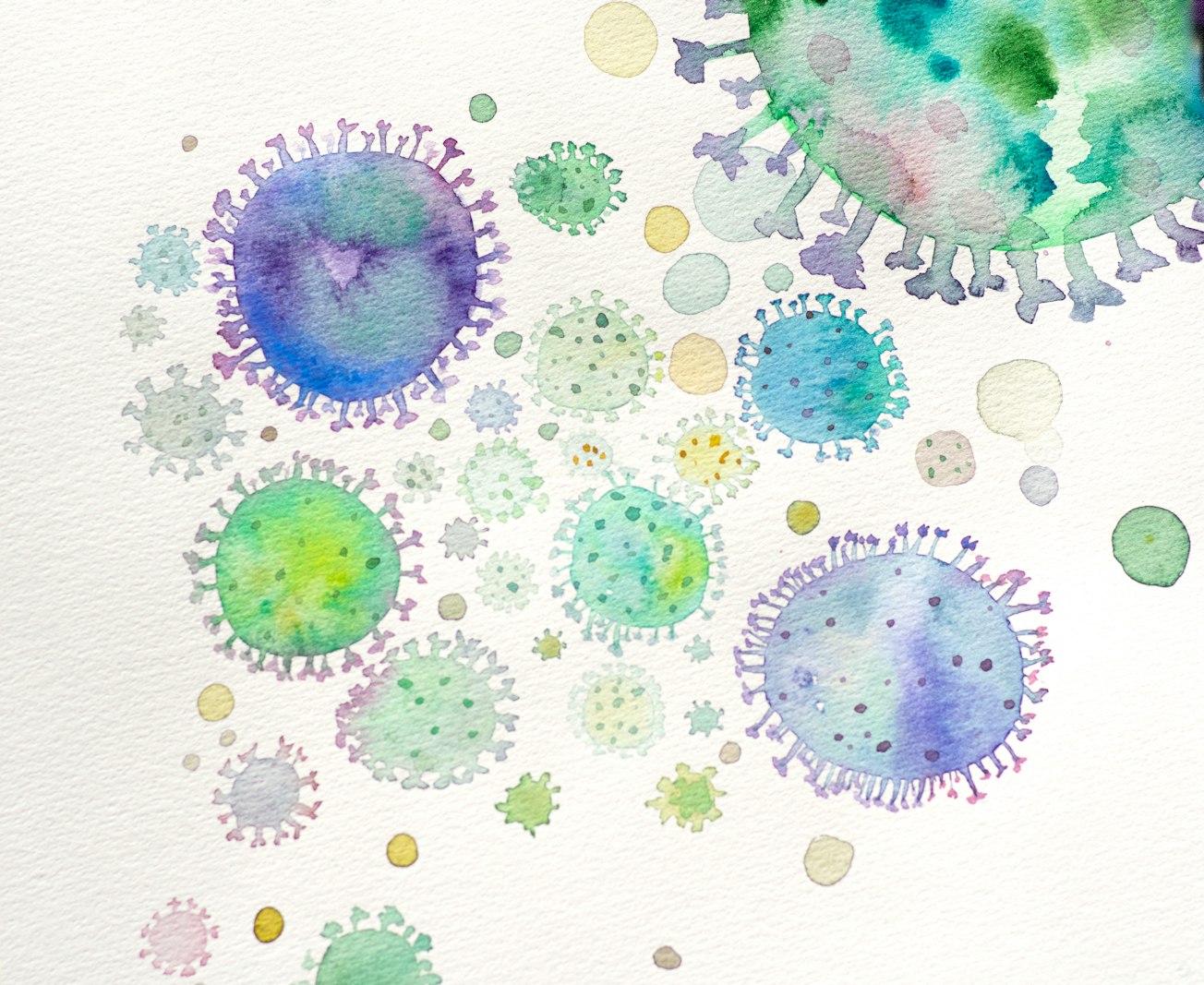What is it about?
The genetic information of the novel coronavirus, SARS-CoV-2, was released to the public on January 11, 2020. In Japan, only a few days later, a highly reliable detection method with excellent sensitivity and specificity was quickly developed, which greatly contributed to the initial response in Japan. See the comments in the following papers. The appropriate combination from ORF1ab (China), 2019-nCoV_N2, N3 (USA), and NIID/2019-nCoV_N (Japan) sets should be selected for the sensitive and reliable laboratory confirmation of SARS-CoV-2. Jung YJ et al. (2020) ACS Infect Dis 6:2513-23. The N2 assay kit by US CDC and the N2 assay by NIID Japan were the most sensitive assays with 100% sensitivity. Matsumura Y et al. (2020) J Mol Diag 23:164-70.
Featured Image

Photo by Elena Mozhvilo on Unsplash
Why is it important?
High sensitivity and excellent specificity are very important for a test. In this respect, the method reported here is ideal. Some peple has often argued that the high sensitivity (because it detects a significantly low amount of virus) is problematic because it can detect patients who are not infectious, but this is an operational issue and it is wrong to criticize the test method.
Perspectives
Because of the emergence of various mutant viruses (variants), the sensitivity and specificity of the test methods need to be constantly validated.
Dr Makoto Takeda
Department of Microbiology, The University of Tokyo
Read the Original
This page is a summary of: Development of Genetic Diagnostic Methods for Detection for Novel Coronavirus 2019(nCoV-2019) in Japan, Japanese Journal of Infectious Diseases, July 2020, Editorial Committee of Japanese Journal of Infectious Diseases, National Institute of Infectious Dis,
DOI: 10.7883/yoken.jjid.2020.061.
You can read the full text:
Contributors
The following have contributed to this page







